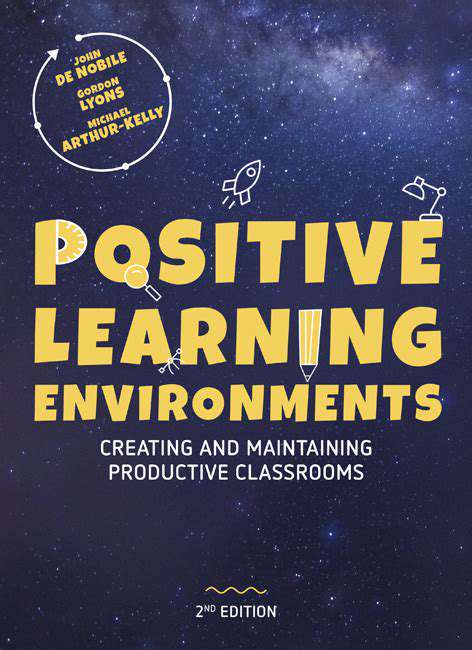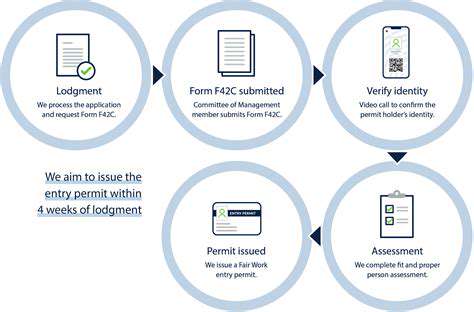How to Deal with Flight Cancellations and Delays
Understanding Your Rights and Responsibilities
Understanding Your Rights as a Passenger
When a flight is canceled, Understanding your rights as a passenger is crucial. Airlines have specific obligations to their passengers in these situations, and knowing these rights can help you navigate the process effectively and potentially secure compensation or other benefits. This includes understanding whether the cancellation was due to circumstances beyond the airline's control, such as severe weather, or if it was a result of their own operational issues. Knowing the difference can impact your recourse.
Different countries and airlines have varying regulations, so it's important to research the specific rules relevant to your situation. This research will help you understand the specifics of your rights and ensure you're not missing out on any potential compensation or support offered by the airline or your country's aviation authority.
Airline Responsibilities During Cancellations
Airlines have a responsibility to provide passengers with clear and timely communication regarding flight cancellations. This includes informing passengers about the reason for the cancellation, alternative flight options, and the possibility of rebooking or receiving a refund. Failure to meet these responsibilities can lead to potential legal recourse for the passenger. Understanding these responsibilities can help you decide if the airline is meeting their obligations.
Airlines typically have protocols in place for handling cancellations, but it's vital to be aware of these procedures and the potential pitfalls. Knowing how to identify discrepancies or areas where the airline may have fallen short of these protocols is important for taking the necessary steps to protect your interests and secure your rights.
Alternative Transportation Options
When a flight is canceled, airlines should offer reasonable alternative transportation options, whether that's another flight on the same or another airline, or ground transportation to your destination. This includes considering factors such as travel time, convenience, and cost.
Be sure to ask the airline about all available options. Compare the proposed alternatives to see if they meet your needs and expectations. Don't hesitate to negotiate for better options if you feel the proposed alternatives are inadequate or unsuitable.
Compensation for Delays and Cancellations
Depending on the circumstances of the cancellation, you may be entitled to compensation. This could include reimbursement for expenses incurred, such as meals, accommodation, or even lost wages if the cancellation significantly impacts your work schedule. Research the specific regulations in your region and the airline's policies on compensation.
Documentation and Record Keeping
Thoroughly document everything related to the flight cancellation. Keep copies of your flight ticket, any communication with the airline, and receipts for any expenses you incur due to the cancellation. This documentation is vital if you need to pursue any claims for compensation or other remedies. Detailed records will serve as crucial evidence if you need to file a complaint or initiate legal proceedings. Keeping accurate notes of all interactions will help you recall details if needed.
Understanding Your Rights in Specific Situations
Certain circumstances, like cancellations due to severe weather or air traffic control issues, may have different compensation or support provisions compared to cancellations due to operational issues or other unforeseen circumstances. It is vital to understand the specific conditions and how they affect your rights, and what rights are available to you.
Contacting the Airline and Relevant Authorities
If you feel your rights have been violated or the airline hasn't met its obligations, contact the airline directly and document all your interactions. Consider contacting relevant aviation authorities or consumer protection agencies for assistance. Understanding the process for filing complaints or making formal claims with the airline or regulatory bodies is essential to protecting your rights and potentially receiving compensation or resolution.

Maintaining a Positive and Productive Approach

Cultivating a Positive Mindset
Maintaining a positive mindset is crucial for success in any endeavor, especially when dealing with challenging product development tasks. A positive attitude fosters creativity, resilience, and a proactive approach to problem-solving. When faced with obstacles, a positive mindset allows you to view them as opportunities for growth and innovation rather than insurmountable hurdles. This optimistic outlook can significantly impact team morale and encourage collaboration, ultimately leading to more effective and innovative product solutions.
Focusing on the positive aspects of your work, acknowledging achievements, and celebrating milestones, no matter how small, are all important aspects of cultivating a positive mindset. Continuously seeking out and highlighting the strengths of your team and product can reinforce a positive atmosphere and motivate everyone to strive for excellence.
Prioritizing Product Quality
A key aspect of maintaining a positive product is ensuring consistent quality throughout the development lifecycle. This encompasses meticulous attention to detail in every stage, from initial design and prototyping to testing and final release. High-quality products are not only more reliable and user-friendly but also foster customer satisfaction and brand loyalty.
Implementing robust quality control measures and encouraging a culture of continuous improvement are essential for maintaining a positive and reliable product. Regular feedback loops, both internal and external, allow for identification and resolution of potential issues early on, minimizing the risk of costly rework and preventing negative user experiences.
Embracing Feedback and Iteration
Constructive feedback is invaluable for continuous improvement and refining products. Openly embracing feedback from users, colleagues, and stakeholders allows for a more comprehensive understanding of product strengths and weaknesses. By actively incorporating this feedback into the product development process, you can ensure the product meets the needs of its target audience and achieves its intended goals.
Iterative development processes, where the product is refined based on feedback and user testing, are essential for achieving a positive user experience. This iterative approach allows for adaptation to evolving user needs and market trends, ensuring the product remains relevant and valuable over time.
Promoting Collaboration and Communication
A positive product environment is built on strong collaboration and effective communication. Clear communication channels between team members, stakeholders, and customers are essential for seamless product development. Open dialogue fosters a collaborative atmosphere where ideas are shared freely and constructive criticism is welcomed. This promotes a sense of shared ownership and responsibility, encouraging everyone to contribute their best work.
Establishing regular team meetings, utilizing project management tools, and actively seeking feedback from various stakeholders are all important aspects of fostering effective communication. This shared understanding of goals and objectives is critical for achieving a positive outcome.

![Taking a Pottery Workshop in Morocco [Cultural Experience]](/static/images/27/2025-05/BeyondtheWorkshop3AConnectingwiththeLocalCommunity.jpg)
![Best Hiking Boots for Long Treks [Review]](/static/images/27/2025-05/PracticalTipsforChoosingtheRightBoot.jpg)






![Hidden Cafes in Paris [Where Locals Go]](/static/images/27/2025-07/MoreThanJustCoffee3AATasteofParisianCulture.jpg)
